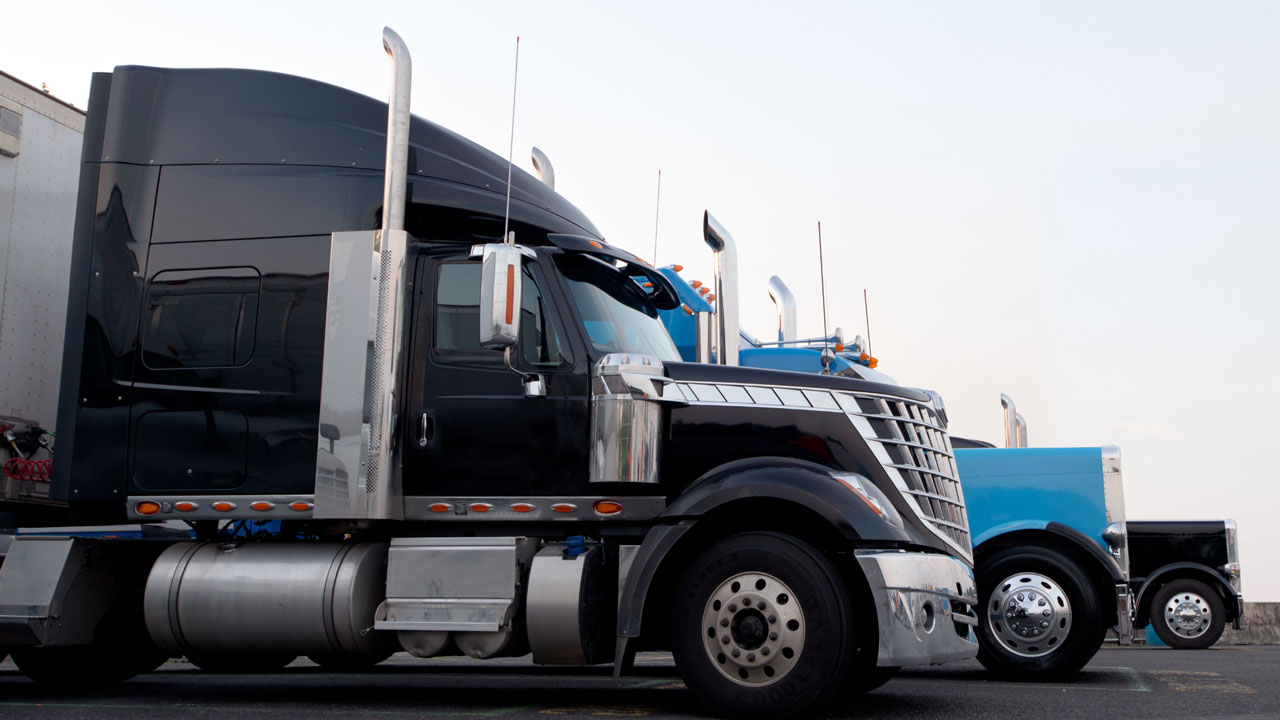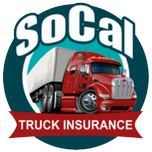
Powerful Ways to Reduce Commercial Truck Insurance Premiums That Will Surprise You
In the competitive and fast-paced world of commercial trucking, managing operational costs is crucial for maintaining profitability and sustainability. One of the significant expenses that fleet owners and independent operators face is the cost of insurance. However, there are several powerful strategies that can be employed to reduce commercial trucking insurance premiums while still ensuring comprehensive coverageProtects against damages to a truck from non-collision-related incidents such as theft, fire, vandal....
In this guide, we’ll explore efficient ways to lower your commercial truck insurance premiums without compromising the coverage.
Surprising Strategies To Reduce The Cost of Trucking Insurance
Reducing commercial truck insurance premiums can significantly impact a company’s bottom line. While some methods may seem obvious, there are also surprising strategies to explore. Here are several powerful ways to lower commercial truck insurance premiums:
1. Assess and Minimize Risk
Driver TrainingPrograms designed to educate and improve the skills of drivers, focusing on safe driving techniques,... Programs
Implementing safety training programs can enhance driver safety awareness and skills, reducing the likelihood of accidents. Insurance providers often offer discountsReductions in insurance premiums offered by insurers to policyholders who meet certain criteria that... for companies that prioritize driver education and maintain clean driving records.
Enhance Vehicle Safety
Investing in advanced safety technologies like anti-lock brakes, lane departure warning systems, and dash cams can significantly lower the risk of accidents. Demonstrating to insurance companies that your fleet of commercial vehicles is equipped with these technologies can lead to reduced premiums.
Implement a Robust Safety ProgramA structured plan implemented by an employer to prevent accidents and promote safety in the workplac...
Establishing a comprehensive safety management program that includes regular vehicle maintenanceRegular and necessary upkeep required to ensure the safe and efficient operation of a truck, typical... checks and safety protocols can positively impact your insurance rates. Commercial truck insurance companies value proactive measures that minimize risk.
2. Optimize Coverage
Regularly assessing your insurance coverage ensures that it aligns with your current needs and eliminates unnecessary expenses. Adjust your coverage based on changes in your fleet size, types of goods transported, and operational areas.
Opting for higher deductiblesA specified amount of money that the insured must pay before an insurance company will pay a claim. can lower your premiumThe amount paid by the insured to the insurance company in exchange for insurance coverage, typicall... costs. Ensure that your business can comfortably afford the deductible in the event of a claimA formal request by a policyholder to an insurance company for coverage or compensation for a covere.... Consider consolidating your insurance policies under one provider. Bundling commercial truck insurance with other policies can often result in discounts.
3. LeverageThe use of borrowed capital to increase the potential return of an investment, which also increases ... Technology
Implementing telematicsTechnology used to monitor vehicle movement, speed, and driver behavior, increasingly used by insure... systems can provide valuable data on driver behavior, vehicle efficiency, and safety metrics. Sharing this data with your insurance provider can demonstrate a commitment to safety and efficiency, potentially lowering premiums.
GPS tracking not only improves route efficiency but also enhances the security of your vehicles. Insurers may offer lower premiums for fleets that implement GPS tracking due to the reduced risk of theft and improved recoveryThe amount recovered by an insurance company from a third party responsible for causing damage to th... rates.
4. Shop Around and Negotiate
Don’t settle for the first quote you receive. Shopping around and comparing quotes from multiple insurers can uncover more favorable rates for the same level of coverage.
Armed with quotes and understanding your business’s specific needs, negotiate with insurance providers. Highlight your safety measures, driver training programs, and any technological advancements to secure better rates.
5. Foster a Culture of Safety
Create an environment where drivers feel comfortable reporting safety concerns and near-misses. Early detection of potential risks can prevent accidents and claims. Implementing incentive programs for safe driving behaviors can motivate drivers to maintain high safety standards, leading to fewer claims and lower insurance costs.
6. Maintain Accurate Records
Keep detailed records of all incidents, maintenance, driver training sessions, and safety meetings. Accurate documentation can provide evidence of your commitment to safety and risk managementThe process of identifying, assessing, and controlling threats to an organization's capital and earn... when negotiating insurance rates.
Regularly review the insured values of your vehicles. DepreciationThe reduction in value of property due to wear and tear or age, which can affect the amount an insur... can affect the replacement costThe amount it would take to replace the damaged or stolen vehicle with a similar one without deducti..., and adjusting these values accordingly can lower your commercial truck insurance costs.
Factors Affecting Your Commercial Insurance Rates
Commercial insurance premiums can vary widely depending on a multitude of factors that insurers consider to assess the risk associated with providing coverage. Here’s a breakdown of the key factors that can influence the cost of your commercial insurance premiums in California:
Nature of Your Business
The type of business you operate has a significant impact on your insurance premiums. Industries considered high risk due to the nature of their operations, such as construction or manufacturing, may face higher premiums. Businesses that involve hazardous materials, heavy machinery, or high-risk activities will generally incur higher costs due to the increased likelihood of claims.
Business Size and Scope
The size of your business and the scope of your operations also play a critical role. This includes the number of employees, the scale of your operations, and your business locations. Larger businesses with more employees or those that operate in multiple locations are often exposed to more risks, potentially leading to higher insurance costs.
Claims HistoryA record of all past claims that have been made by an insured, used by insurers to assess risk and d...
Your business’s claims history is a strong indicator of future risks. Companies with a history of many claims may be viewed as higher risk, leading to higher premiums. Conversely, a minimal claims history can demonstrate effective risk management practices, potentially lowering your insurance costs.
Coverage Amount and Deductibles
The amount of coverage you choose and your policy deductibles will directly affect your premiums. Higher coverage limits provide more protection but come at a higher cost. Choosing a higher deductible, where you pay more out of pocket in the event of a claim, can lower your premiums. However, it’s important to balance this with the financial ability to cover these deductibles if needed.
Location
The location of your business can significantly impact your insurance premiums due to varying risks like theft, natural disasters, and even local legal and regulatory environments. Businesses in areas prone to floods, earthquakes, or high crime rates might see higher insurance costs.
Industry Regulations
Certain industries are subject to regulatory requirements that may dictate specific types and amounts of insurance coverage. Compliance with these regulations can affect your premium costs, particularly if the mandated insurance is extensive or involves high coverage amounts.
Employee Roles and Risk ExposureThe extent to which the truck is at risk of encountering an insurable incident while not under dispa...
The roles of your employees and their exposure to risk while performing their job duties can affect your premiums. For example, businesses that require employees to perform physical labor, operate heavy machinery, or drive company vehicles may face higher premiums due to the increased risk of workplace injuries or accidents.
Risk Management Practices
Insurers will consider the risk management measures you have in place when determining your commercial truck insurance rates. This can include safety training programs, security systems, fire prevention practices, and any other measures that mitigate the risks your business faces. Effective risk management practices can lead to lower premiums.
Partner with SoCal Truck Insurance for Optimized Coverage
Reducing your commercial trucking insurance premiums doesn’t have to mean compromising on coverage. With SoCal Truck Insurance, you gain a partner dedicated to understanding the unique needs of your operation and providing tailored insurance solutions that offer both protection and value. Our team of experienced professionals is here to guide you through optimizing your insurance costs with strategic insights and personalized service.
Ready to lower your commercial trucking insurance premiums without sacrificing coverage? Contact SoCal Truck Insurance today to get a free quote for maximum efficiency and protection!


